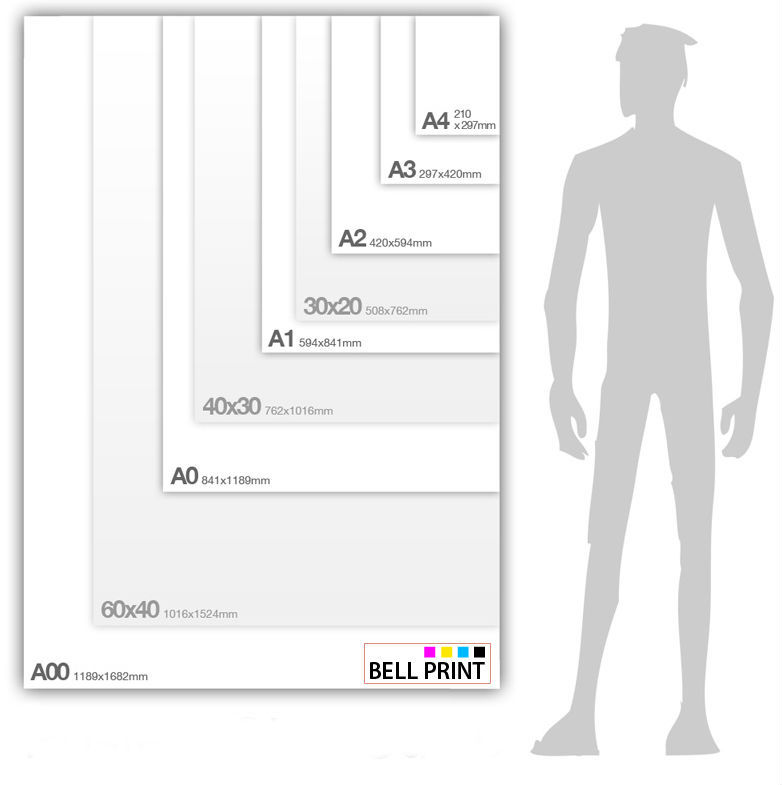
The higher the dpi, the greater the resolution, the better the image quality. And as you know, high-resolution images have less noise, they are sharper and contain a lot of detail. The more pixels in one inch of the image, the higher is the DPI value.Īn image with a high DPI value means it has a high resolution. The number of pixels is measured by “dots per inch”, or DPI. Wikipedia explains a pixel as “the smallest controllable element of a picture represented on the screen.” (Think of it as the atom in a molecule.) I know you’re eager to find out what is the best resolution for photo printing, but before we move on, you need to understand the terms related to image size and resolution, such as: How do pixels, image size and resolution affect each other and the print quality?įirst Things First: Understanding the Terms.What is the best resolution/DPI for printing photos?.So, in this guide I’ll answer the following: You need to understand how the print quality has to do with image size and resolution. Part of the reason has to do with how a printed image is created vs. You end up getting blurry images or a photo has a lot of digital noise, and overall the result is a lot worse than what you saw on the screen. You take a photo that looks amazing and high quality on the screen, but when actually printed on a paper it just doesn’t translate well. I’m sure that at least once you faced the following situation: There are a lot of questions related to standard photo print sizes, image size, resolution, pixels, PPI, DPI… Their printer outputs at 250 PPI (but can handle 100 PPI images), though other services may differ, so always check before preparing your images.Welcome to my photo printing resolution guide! (Updated)

Photo print size chart manual#
Your printer manual or printing service should be able to tell you this.īelow is a screenshot from the website, showing their optimal and minimum image sizes for standard print sizes. Therefore, when cropping and sizing an image for printing, you’ll need to know what PPI the image should be. The result is 2,400 x 3,000 pixels, which is the image resolution you need to print an 8 x 10 image at 300 PPI.

Multiply the printed image’s width and height in inches by 300 pixels. To print an 8 x 10 inch image at 300 PPI, use the same math: In other words, it needs to be at least 1200 x 1800 pixels in size. So for example, if you want to print a 4 x 6 inch image at 300 PPI, then you need a file that has at least 4 x 300 (1200) pixels along its short side and 6 x 300 (1800) pixels on the long side. Typical printing PPI values range from 150 to 300 PPI, although some high-end magazines may require images that are 1200 PPI. Most printing services, and indeed your own printer, will require a certain density of pixels in the image (PPI) to be able to render a print that looks good (i.e., with smooth color transitions so you can’t see each individual pixel). This literally refers to the number of pixels in an inch-long line of an image. When you’re printing an image, you may encounter the term PPI or pixels per inch. You can see these pixels if you open a photo and zoom in until you see single blocks of color (as shown below). A pixel can only be one color, and a photograph is made up of a grid of thousands of pixels, each of the different colors that together make up your image. Now, a pixel itself is a single picture element – and for our purposes, it’s the smallest element that your photo can be divided up into. The image above shows the resulting information dialog box. In Photoshop, you can open your image, then choose File > File Info > Camera Data. You can check the width and height of an image using your photo editing software. You and I might call this 14.5 MP, but camera manufacturers round this up and call it a 14.6 MP camera. So by multiplying the number of pixels along the image width by those along the image height, we get the actual number of pixels in the image (4672 x 3104 = 14,501,888). So the ratio comparing the number of pixels along the long edge of the image to the short edge of the image is 3:2.Įach of my full-sized RAW images is 4672 x 3104 pixels in dimension. My camera, like most DSLRs, captures images with an aspect ratio of 1.5. This information tells you nothing about the actual pixel dimensions of the image – it only tells you the total number of pixels that make up the image. So my camera, for example, captures 14.6-megapixel images, which is around 14,600,000 pixels per image (14.6 x 1,000,000).

Technically, a megapixel is equal to 1,048,576 pixels in reality, camera manufacturers round this number to 1,000,000 when stating how large of an image the camera will capture.


 0 kommentar(er)
0 kommentar(er)
